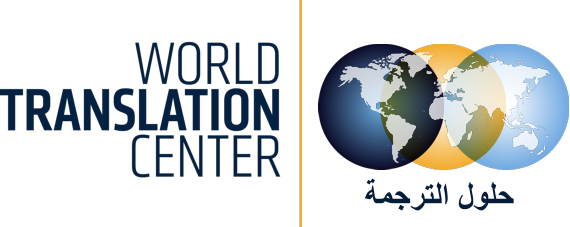إنّ "المركز العالمي للترجمة" (WORLD TRANSLATION CENTER) هو شركةٌ رائدةٌ في ترجمة اللغات وخدمات التسجيل الصوتي التي تعتمد على خبرات المحترفين المتعاقدين معها حول العالم.
Articles and Stories
First Nations

Canada’s, as well as America’s, first inhabitants didn’t know how to write. The many different languages were only spoken languages. When schools were introduced and children ordered to attend classes, the language of the teachers was English only. While children spoke their native languages at home, they quickly adapted to English and soon interpreted for their parents and elders. Their command of their native spoken language became less and less.
The primary source of information for historians is traditionally written documents, but there were none. It soon became apparent that these languages and cultures needed to be preserved. Linguists started to interview elders most familiar with their native language and recorded these interviews. If they spoke no English, pictures were used to learn the words, the proper pronunciation recorded and written down as best as possible. These indigenous languages have sounds very unfamiliar to us. To preserve these languages, special alphabets were created to identify such sounds and create a glossary/dictionary.
The United Nations estimates that there are more than 370 million indigenous people in 90 countries worldwide, that speak up to 6,000 languages, half of which are in danger of disappearing. For some indigenous languages in Canada only a handful of speakers are left.
To make these languages interesting for younger people and boost an interest for others, technology and social media are being used and apps built. The FirstVoices app has more than 100 indigenous languages from Canada, the U.S., Australia and New Zealand. The First Peoples’ Cultural Council developed the app which is free for members.
To read more about this amazing app, click on the link below:







